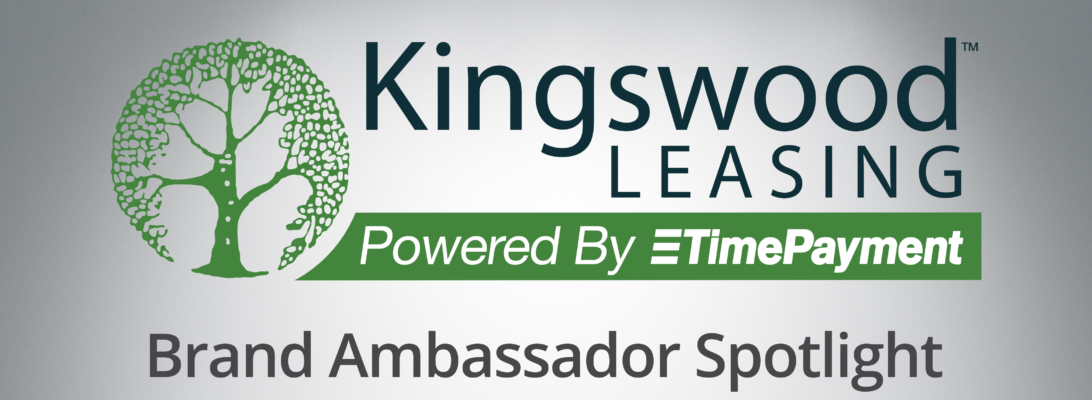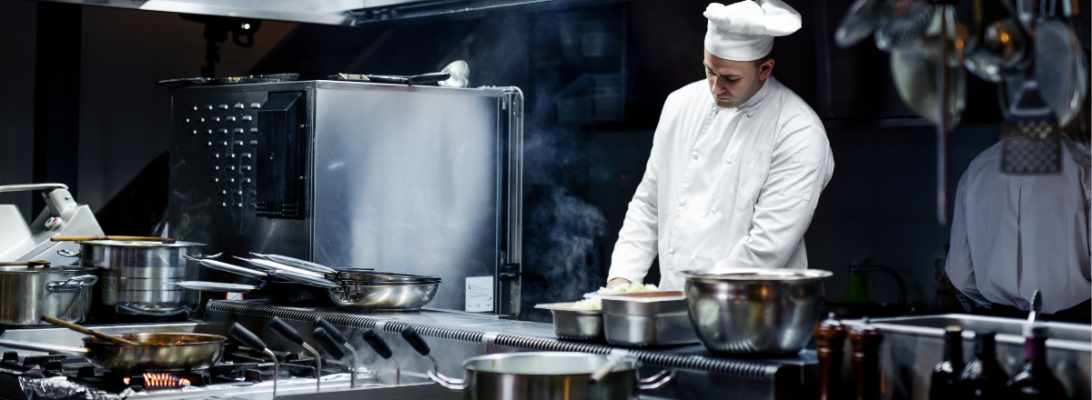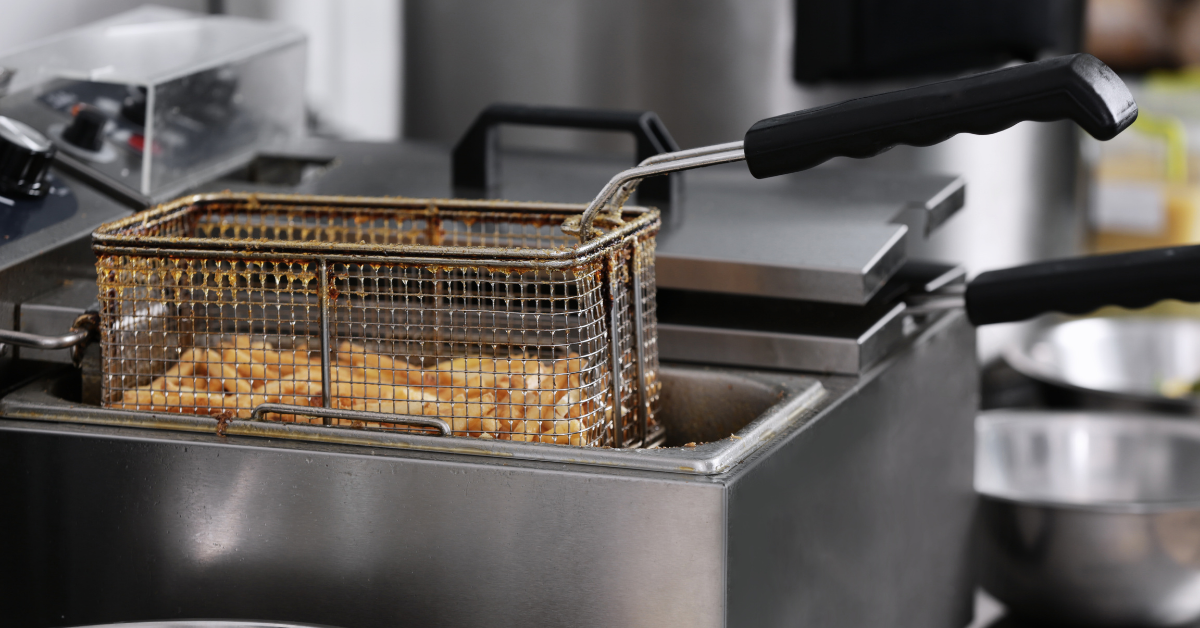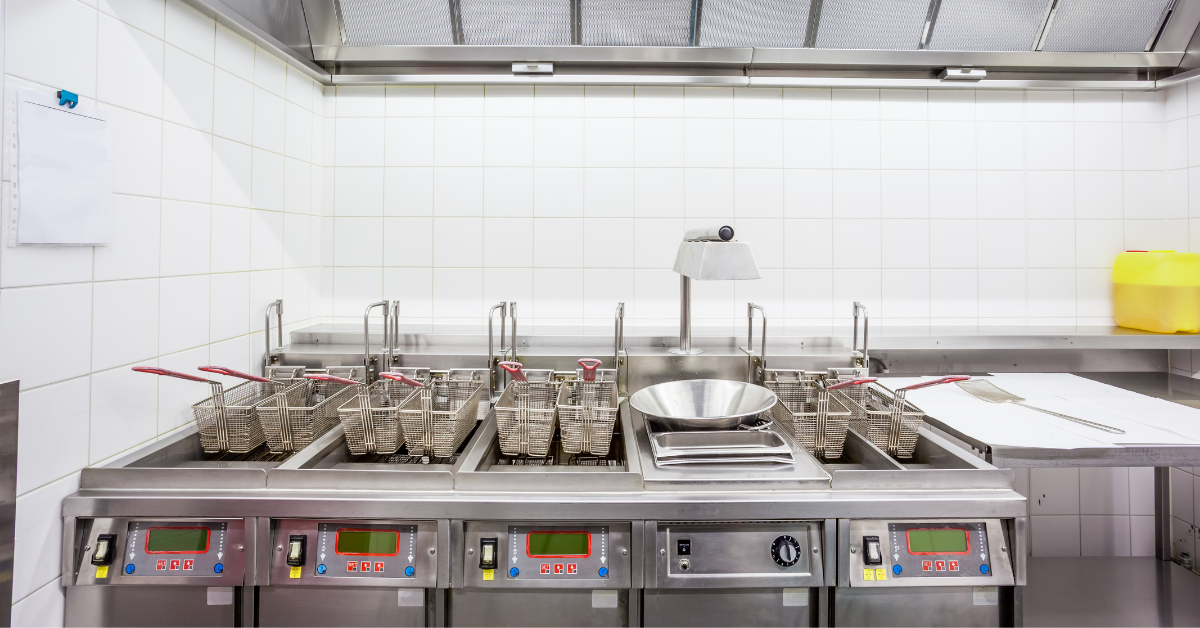We are grateful to partner with so many wonderful foodservice dealers to offer equipment lease financing to their customers. To show our appreciation, we honor sales reps that have demonstrated a strong commitment to our partnership by distinguishing them as brand ambassadors. In addition to being featured on our blog, our brand ambassadors receive a gift card to a local restaurant they choose.
This week, we are pleased to feature one of the wonderful sales reps from Supplies on the Fly as Kingswood Leasing’s* first brand ambassador.

Kevin Nelson has been with Supplies on the Fly for about five years, where he helps restaurant owners get the equipment they need to run their businesses well in his role as a Foodservice Equipment Specialist.
Kevin brings the unique skillset of an in-depth knowledge of the operator’s struggles and point of view to Supplies on the Fly. After attending the University of Georgia, Kevin accepted a management position at Atlanta restaurant The Mellow Mushroom. After six months, he was promoted to General Manager. Kevin enjoyed that role for the next 15 years.
While Kevin loved the restaurant industry, he started to long for a role with more regular weekday hours. After talking with a friend from high school about his job at Supplies on the Fly, Kevin decided that applying for a position there would allow him to work a more regular schedule while still being in the industry he loved.
Now, he enjoys working with restaurant owners and can easily relate to them thanks to his experience on their side of the industry. While he loves working with all his customers, he has a sweet spot for mom-and-pop restaurants.
While representing Supplies on the Fly at a food supplies and equipment showcase in Dallas, Texas, Kevin met the owner of Boo-Ray’s of New Orleans. The owner was opening a new location and Kevin was given the opportunity to assist with the opening equipment package. It went off without a hitch, and he is thrilled to be assisting with the opening of their next location.
Kevin understands how fast paced the operator’s world is and how full their plates are at any given moment. He prides himself on being available when his customers need him and bringing them solutions that will help them succeed.
Just as he is there to provide unyielding support to his customers, Kevin is grateful to have that same support from his boss, Jan Vergouwen. “Jan is the best manager I’ve ever had,” Kevin said with conviction. He appreciates that Jan gives him the space to work his book of business like it’s his own business. Having that freedom, paired with the unwavering support from his team, makes Supplies on the Fly a great place to work.
Karen Matheny, Leasing Manager at Supplies on the Fly, was thrilled to learn Kevin would be recognized as their first Brand Ambassador. “If I were a customer, I’d be delighted to have Kevin as my sales representative. Kevin takes a personal interest in his customers. He listens to what they are saying, asks questions to help better understand their needs, and offers constructive suggestions to help them make an educated decision. In addition, his service doesn’t stop when the sale is made. He is always available and follows up with any issue or questions that come up after the sale. It is no surprise he has a large number of repeat customers.”
In his free time, Kevin can typically be found hiking with his wife Carissa and their black lab, Maggie. The Blue Ridge Mountains are among their favorite places to explore. When it’s time for a break from hiking, Kevin and Carissa love stopping at a brewery in the mountains to relax while sippin’ some ice-cold IPA’s.

We presented Kevin with a gift card to the restaurant of his choice, and he was excited to name Caper’s Restaurant and Bar as his top choice. He and Carissa have visited Caper’s many times and are particularly fond of their Hawaiian ribeye.
https://www.capersonmain.com/
KL: How does working with Kingswood Leasing* as an equipment lease financing option benefit your customers?
KN: It gives the customer the options. Not every small business is going to have the upfront capital to start up their dream business but with the option of leasing to own they can make it happen.
KL: What career advice would you give someone starting out in the industry?
KN: Honestly and transparency are key to building lasting customers.
KL: What aspect of your role do you enjoy the most?
KM: Getting to work with small business owners to help them be successful.
KL: What is one fun fact most people likely don’t know about you?
KN: I have never missed an episode of the TV show Survivor. Yes, it still comes on!

*Kingswood Leasing Powered by TimePayment
The intent of this program is to foster engagement with strategic partners and encourage originations.







